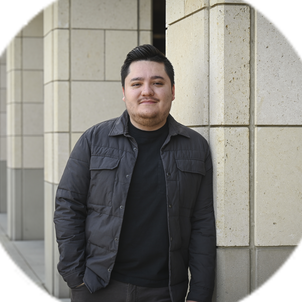Today that’s not just convenient, but essential. Some experiments can’t even be done by hand because thousands of samples are involved. The idea is to use robots to do experiments for scientists that enable large studies while freeing up those scientists so they can spend less time at the lab bench and more time analyzing results and designing new studies.
I use both biology and engineering to improve tests that sequence DNA in blood and other samples to detect cancer, help inform physicians on the best treatment options for an individual patient, and monitor the disease over time to see if treatment is working. There are hundreds of different variations of cancer, but using genetic diagnostics to tailor therapies has enormous potential to help patients, and I’m incredibly motivated to have a role in this personalized medicine revolution.
One of the challenges in this field is finding scientist-engineers who can take all the tools available and apply them to the problems we’re working on; who are fluent in the biological sciences and also understand how systems work and what you need to build. I want to continue working at this interface.
I’d advise anyone interested in engineering to find hands-on experience doing engineering or research; those opportunities have been the most helpful for me in visualizing myself as an engineer. I try to provide those same opportunities for others by hosting interns and participating in programs that show students what a day in the life of an engineer is like. As a woman in engineering and a first-generation American, I want to be supportive of all kinds of people who want to try different engineering disciplines, so I also participate in outreach and diversity efforts such as the Justice, Equity, Diversity and Inclusion (JEDI) group at Stanford Bioengineering.
My hope is that I can help make academia and industry more inclusive and really exciting for people, so they feel welcome to come work with us and become part of a supportive STEM community.
Related spotlights

Adrienne Propp

Lara Weed

